Deciding between blonde, brown, and red is tough enough without considering the spectrum of tones that exist within those hues. And then you have to think about which of those shades works best for your complexion? (Can we take a nap now?)
But understanding the nuances of tone can mean the difference between choosing a good hair color and your most flattering one ever—and with a little crash course, it's not as difficult as you think. "It's all about placement, saturation, and what undertones in your skin you'd like to emphasize," says Roxie Darling, coloring guru at New York City's Hairstory. "The decision you and your colorists have to make is which color you would like to bring out in your face."
But it helps to have a basic knowledge of what cool tones and warm tones look like, as well as an understanding of your skin's coloring to begin with. Consider this your comprehensive, foolproof guide to finding the best hair color for every skin tone.
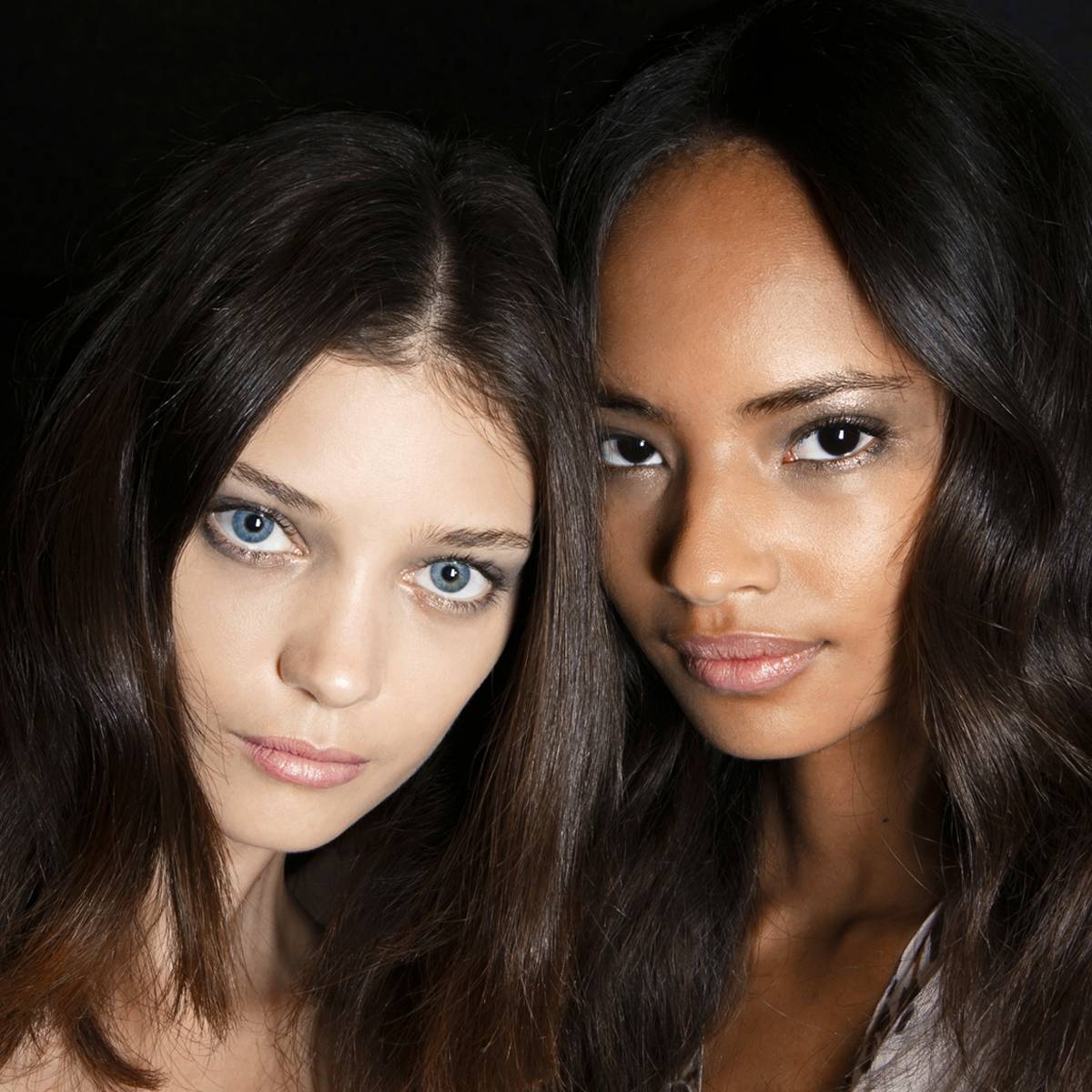
Before taking your pick of hair colors, you need to ID your skin's undertones. Most people fall into one of three categories: warm, cool, and neutral. Figuring out where your complexion lies can seem confusing, but there are a few tricks:
1. Look for specific colors. "Cool-toned skin has pink and olive undertones, while warm-toned skin has yellow and gold," says Rachel Bodt, senior colorist at Cutler Salon. Got a combo of any of the above? You're probably neutral.
2. Match yourself with a celeb. When you're looking for A-list color inspiration, try to pick out people with similar skin and eye coloring to your own. It'll give you a much better idea of how the hue will actually look on you in the end.
3. Check your wrist… "You'll see the pinks, reds, blues, greens, and yellows there," says Darling. This includes your veins, which are a great indicator of tone. "If your veins are blue or purple, you're likely cool-toned," says Bodt. "If they are green, you are warm."
4. …or your eyes. "If you have a lot of gold specks in your eyes, usually your undertones are warm," says George Papanikolas, a Matrix celebrity stylist who works with the Kardashians and Miranda Kerr. "If you have a lot of blues and greens, then you are usually cool."
The rule of thumb for a hair color that will flatter your complexion: Pick a tone that's opposite from your skin's undertones. So those with warm undertones might opt for a cooler color, and vice versa. The degree of importance varies from hair color to hair color, but it's a good guideline to remember. And if you have neutral skin, you're a lucky minority—everything looks good on you.
Now that you're well-versed on your skin coloring, it's time to get schooled on different hair colors.
Cool Blonde
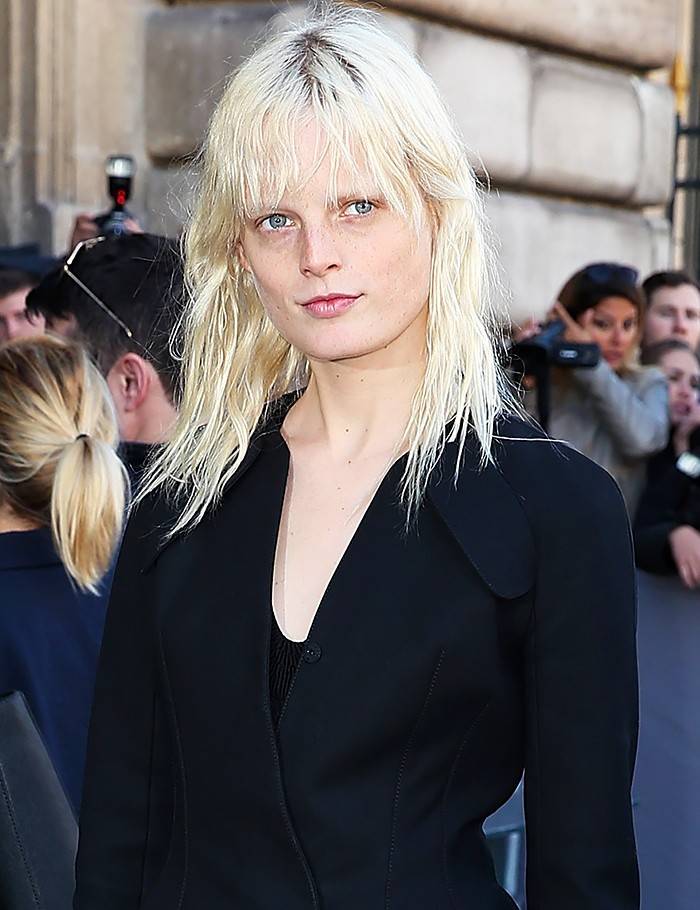
Seen on: Hanne Gaby Odiele
Shades include: platinum, ice, silver, ash, sand, beige, champagne
Who it's best for: Cool blonde shades are great on porcelain-skinned gals with reddish undertones, since those icy hues tend to neutralize redness, says Chelsey Pickthorn, Davines color educator and owner of Pickthorn Salon in Brooklyn. "If you have blue or gray eyes, cool, ashy blonde works well," adds Daniel Sanchez, who works with Karlie Kloss.
Warm Blonde
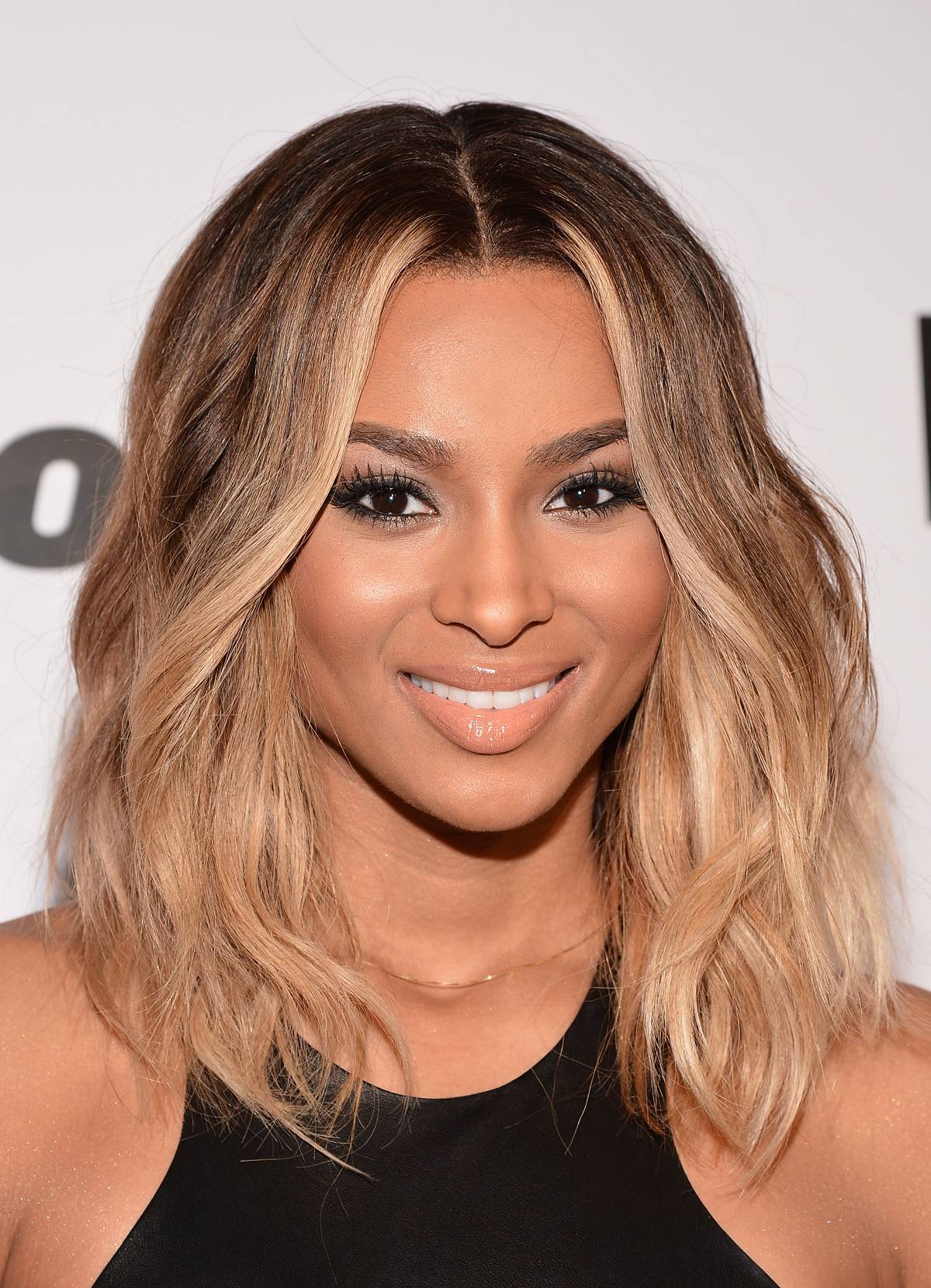
Seen on: Ciara
Shades include: gold, caramel, amber, honey, butterscotch
Who it's best for: "Fair skin with cool undertones looks better with warm tones like strawberry blondes, copper, honey, and gold," says Papanikolas. He also notes that these hues tend to be better for those with olive skin, as ashy blondes can wash you out. Same goes for those with deep skin: If you want to go light, Sanchez recommends a caramel blonde for a high-impact look.
On the other hand, those with very warm skin should avoid a color that's too yellow for the same reason—cooler blondes will probably work better on you.
Cool Red
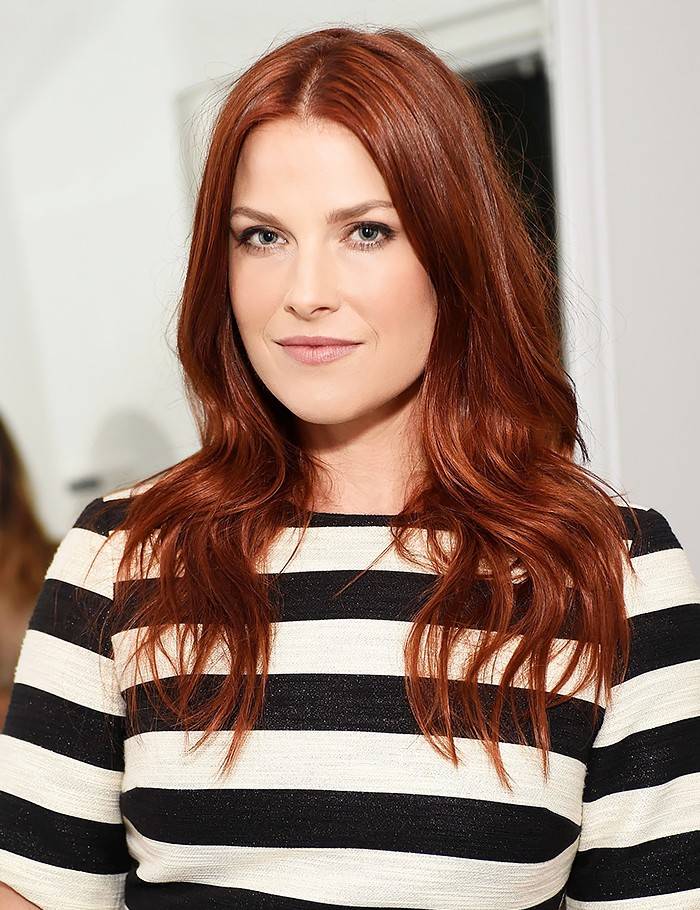
Seen on: Ali Larter
Shades include: true red, dark auburn, burgundy
Who it's best for: It may sound counterintuitive, but red is actually a very flattering option for those with ruddy undertones. "If you have pale skin with red in it, it makes you have a glow rather than trying to fight it," says Rita Hazan, Beyoncé's go-to girl. Those with warm, peachy complexions will also see their skin pop with cooler, auburn reds, says Pickthorn.
On the other hand, Hazan cautions those with olive undertones against going red, as it can make skin look very green in contrast.
Warm Red
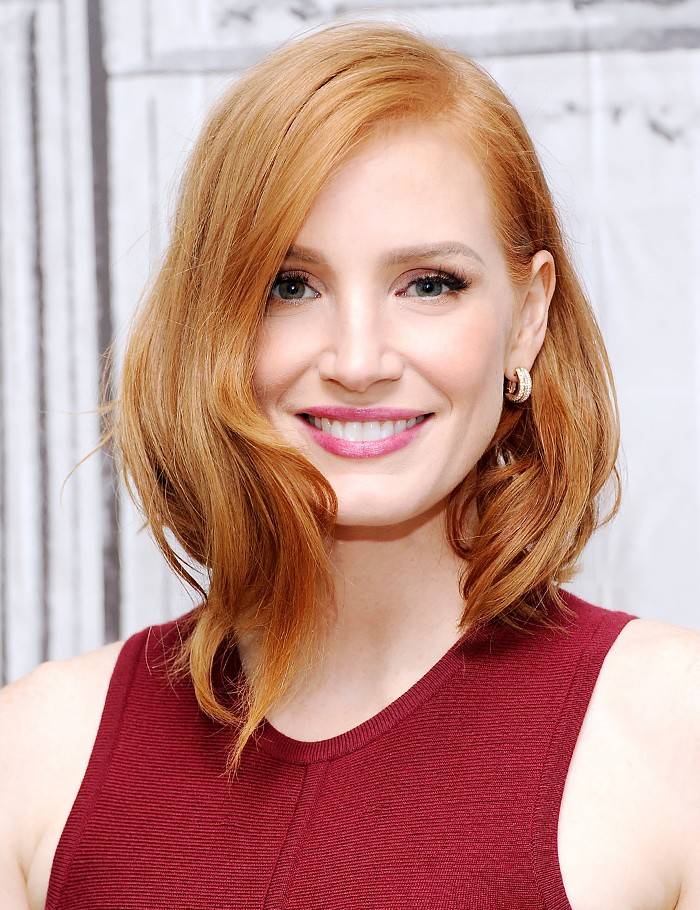
Seen on: Jessica Chastain
Shades include: strawberry blonde, copper, amber, rust, russet
Who it's best for: "Strawberry blondes are great on fair and neutral skin tones," says Pickthorn. "[Tell your colorist to] mix cool and warm tones to achieve a creamy yet warm color with a hint of golden copper." Papanikolas also recommends a light, warm red to counteract cool tones in pale skin (think Emma Stone). These hues tend to make deep skin look green, so choose a cooler, brown-tinged auburn instead if you're hankering to go red (think Rihanna). And want to make your hue really trend-worthy? Opt for a luminous shade of rose gold.
Cool Brown
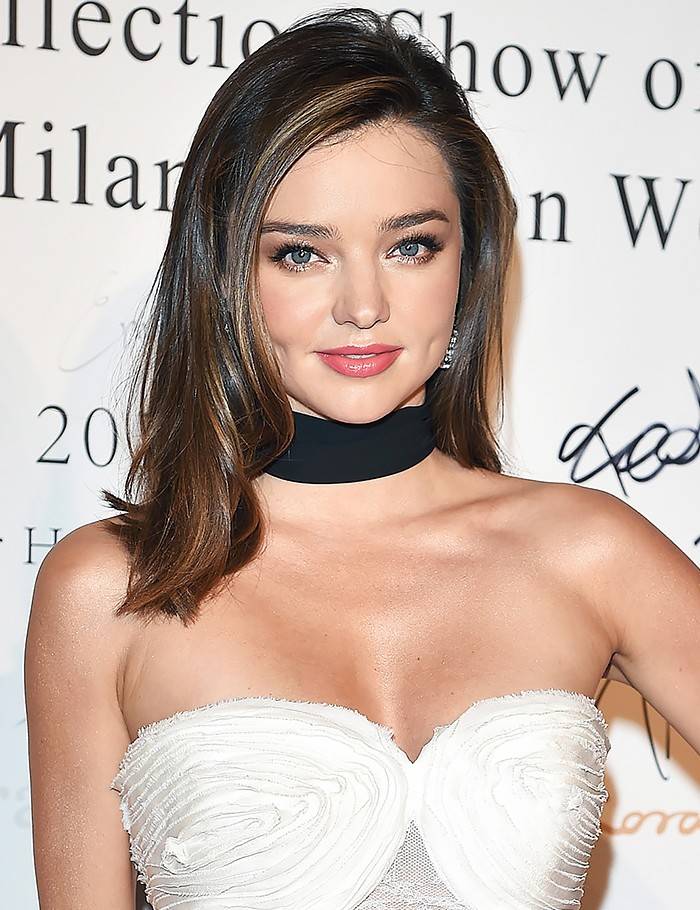
Seen on: Miranda Kerr
Shades include: dark chocolate, chestnut, dark auburn, mocha
Who it's best for: It's pretty hard to go wrong with brown in general, since it's almost universally flattering. But cooler tones can look particularly striking on those with warm skin, as it helps make yellow undertones look creamier. Sanchez also adds that for girls with deeper skin, lightening from black to deep, mocha brown (ideally with multitonal highlights) can have a gorgeous, soft effect.
Warm Brown
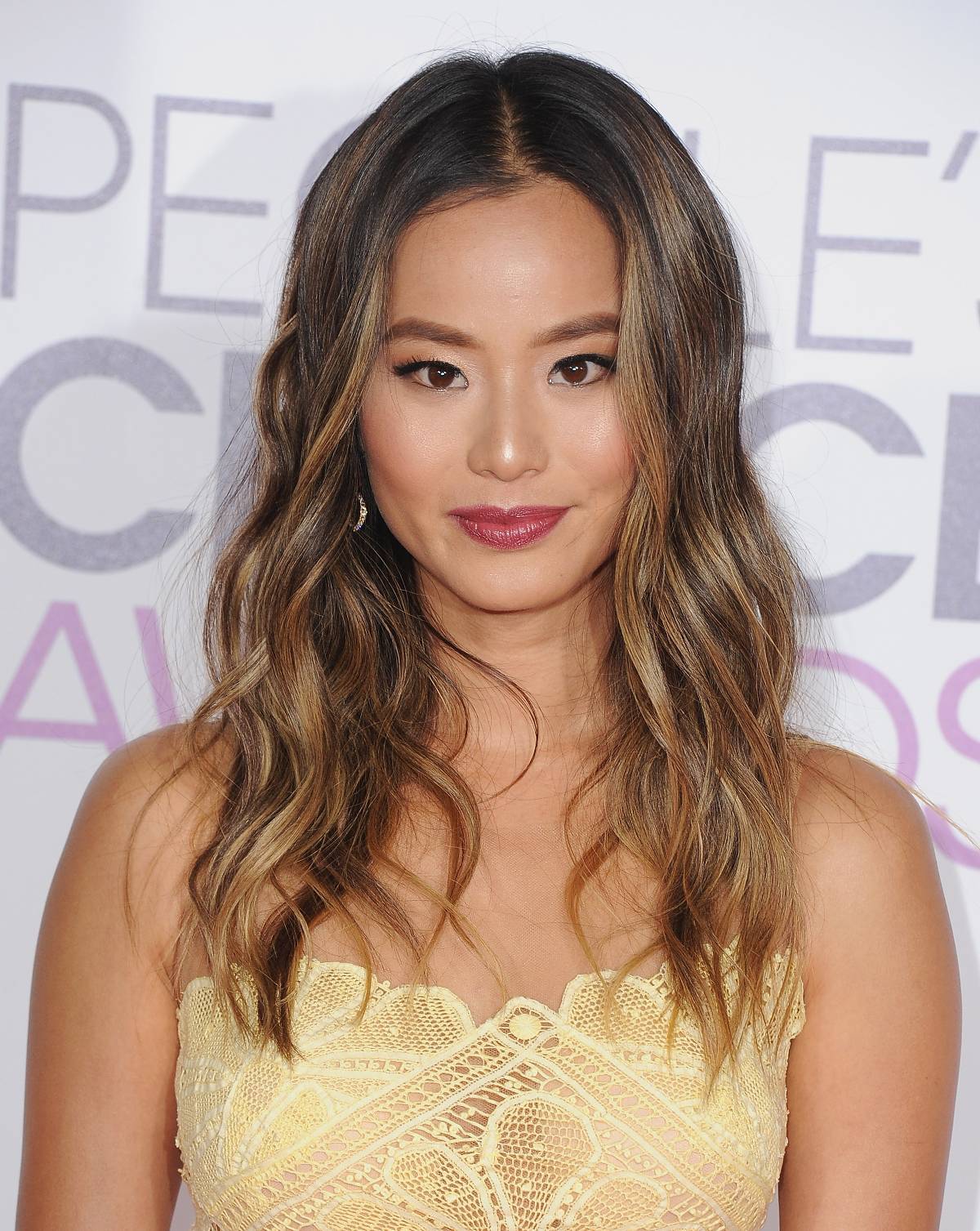
Seen on: Jamie Chung
Shades include: caramel, honey, golden brown, amber, mahogany, cinnamon
Who it's best for: Sanchez especially recommends this color range for those with medium skin, though he advises picking a shade that contrasts with your complexion in order to avoid looking washed-out. "Caramel browns fit best with skin tones on the lighter side of olive, with a bit more yellow and green tones to them," adds Pickthorn. "This color looks really beautiful on a base or roots that are naturally dark."

